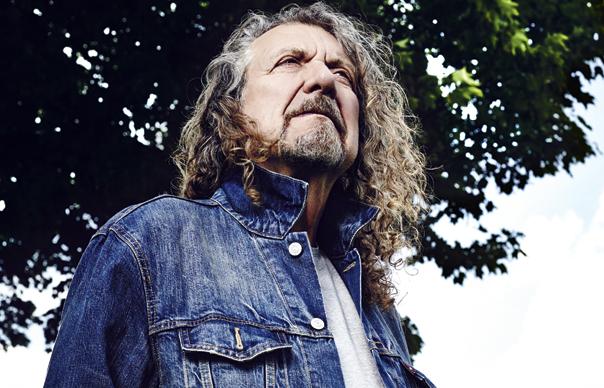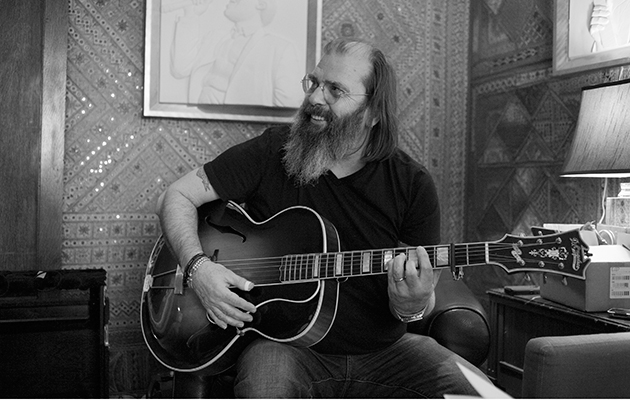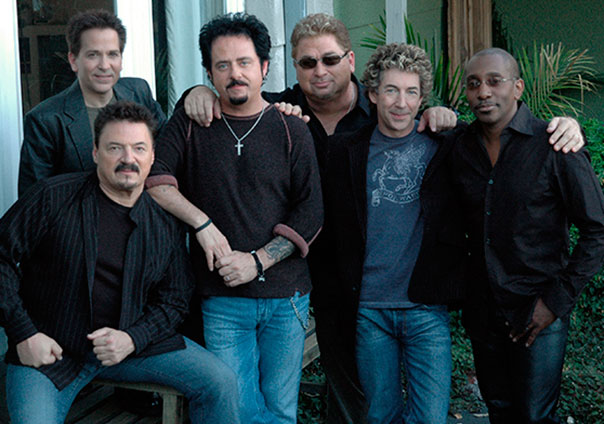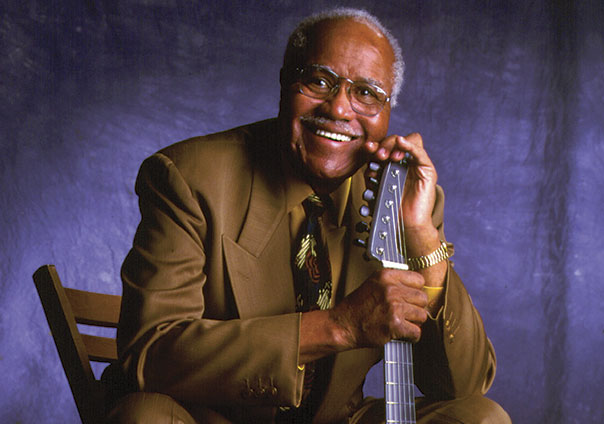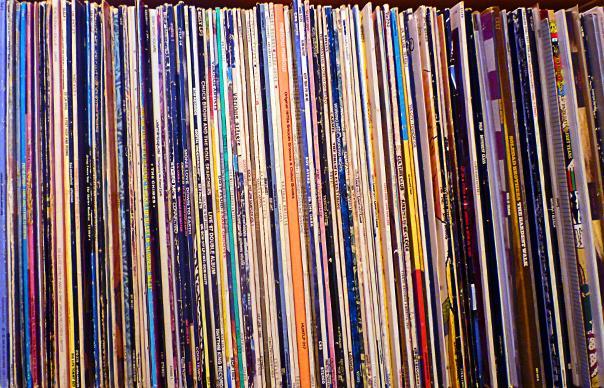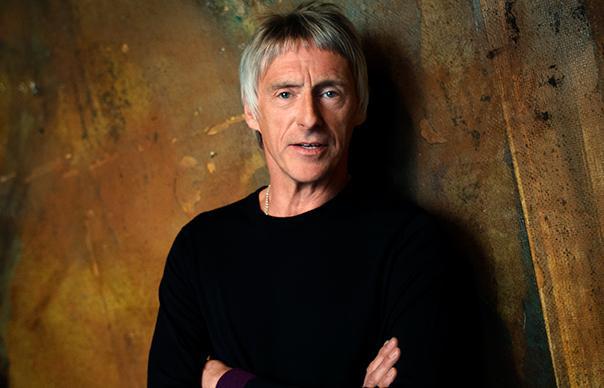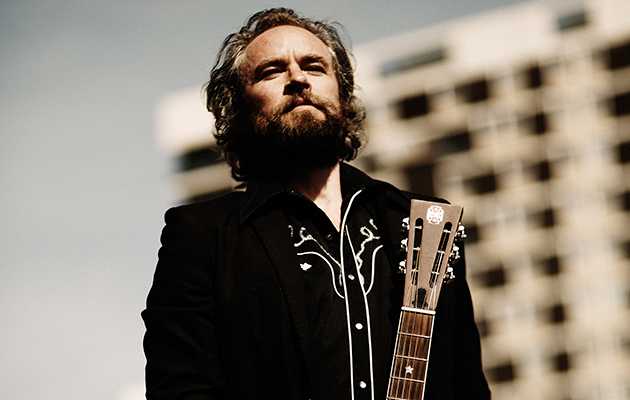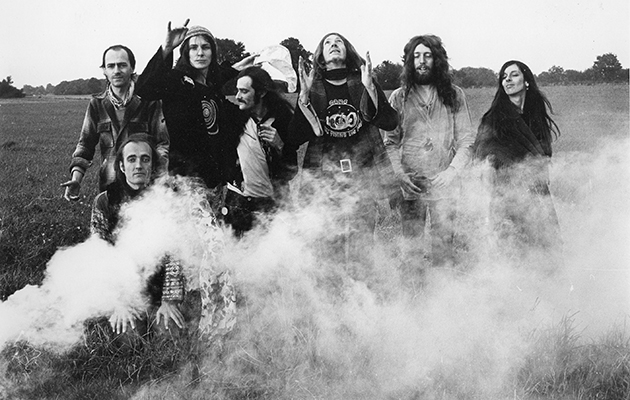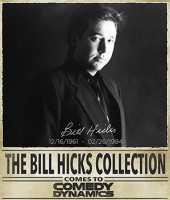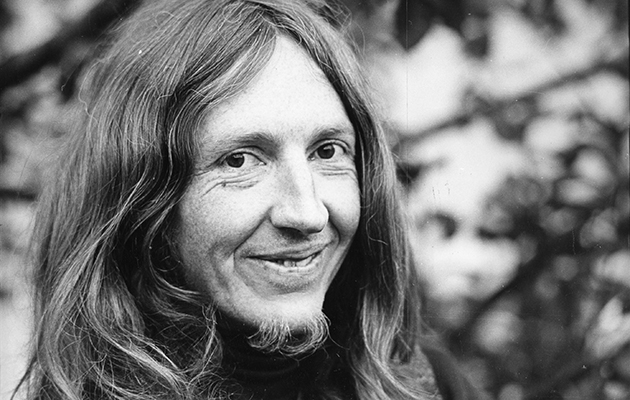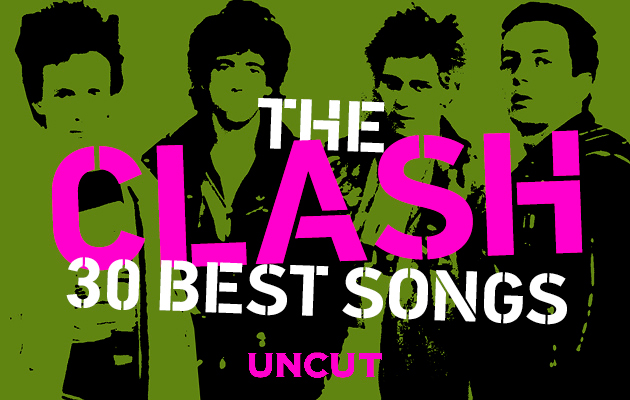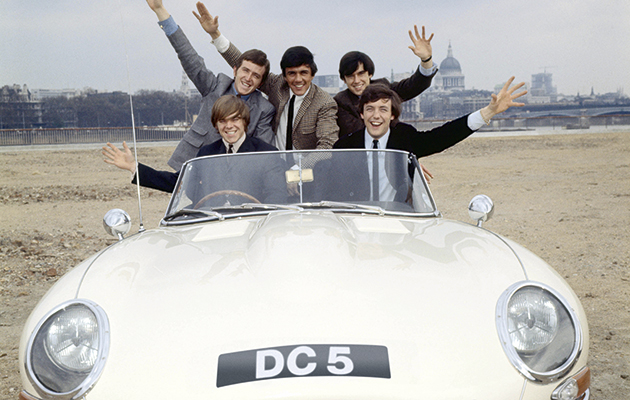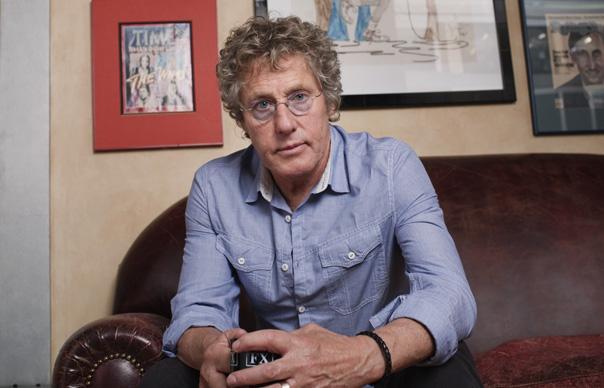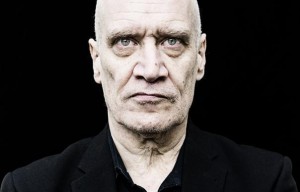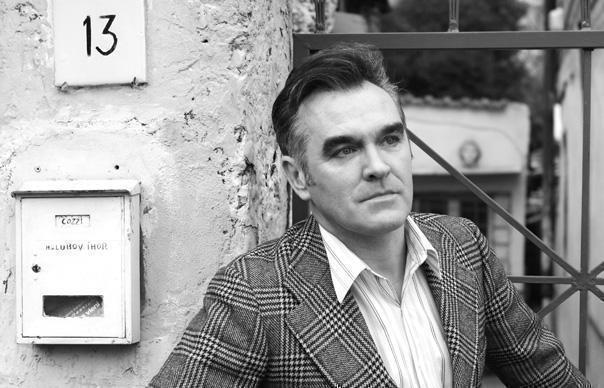Though Neil Young gave extensive instructions on how not to fade away, he declined to discuss the benefits of fading in. There are, of course, a great deal of positives to be taken from plying your trade in the gutter before heading for the spotlight, and Duke Garwood is a perfect example.
Now in his early forties, the Kent-born guitarist, singer and songwriter has been involved in music for decades. As well as releasing four previous albums under his own name, Garwood has played guitar with The Orb, been a member of Inchworm and Little Wet Horse, and provided horns on record for the likes of Savages (whose Jehnny Beth appears on “Heavy Love” itself) and the Archie Bronson Outfit; yet only in recent years has he received notable attention.
The unlikely patron who has helped Garwood reach a new audience is Mark Lanegan; recognising a kindred spirit, the former Screaming Tree and Queen Of The Stone Age organised for the pair to record an album as a duo, released in 2013 as Black Pudding, and much of Heavy Love was tracked at Josh Homme’s Pink Duck studio in Los Angeles after wrapping those sessions with Lanegan.
While Black Pudding featured primarily steel-string reveries, Heavy Love is mostly electric, though like its spiritual predecessor, and his previous albums, it takes its roots from the Delta. If the ten tracks here are closest to blues, though, they are wonderfully warped and narcotically sluggish mutations, as well as beautifully stripped-down. Lyrics are repeated abstractedly as if they’ve just come to mind, the music rarely strays from one chord or key, and deconstructed riffs circle ominously.
With songs as spectral and hushed as these, sympathetic production is crucial, and the subtle textures and atmospheric touches are perfectly tailored. “Burning Seas” features only Garwood’s single-tracked voice, a guitar woozy with vibrato, and some backwards tones, while “Sweet Wine” is just guitar and vocals, with a ghostly organ intruding, as though it’s being played softly by the neighbours.
On other cuts, the instrumentation is broader, though only just: “Disco Lights” is a sultry delight in swung 6/8, Paul May’s jazzy drums lifted by a mass of echoed guitars on the edge of feedback, while “Snake Man” floats by on a bed of muffled drums and grainy shaker. The whole trip is swathed in luminous reverb, threading a sumptuous twilight feel throughout the album; at times listening to Heavy Love is like happily drowning in honey.
Its blues is global, too; the sound of West Africa lurks like a watermark, as on the closing epic, “Hawaiian Death Song”, with its desert drones and sinuous, fingerpicked electric. It comes as little surprise to discover that Garwood has previously collaborated with the Master Musicians Of Jajouka and Tinariwen.
As his sound has matured and grown organically across his solo albums, Garwood has developed into an evocative lyricist and singer. Unsurprisingly, Heavy Love is deeply concerned with matters of the heart. Throughout, love is portrayed as a drug, an obsession that could at any point turn poisonous. “Love is all there is,” he mutters on the title track, before imploring his lover to crush his chest, so they “can take all of me”; on “Burning Seas”, he describes his paramour and he, deliciously, as “bound by sin”.
It’s not hard to see why Mark Lanegan has long been enamoured with Garwood – the pair share similar tattered and guttural voices, which both reveal beautifully soulful nuance. The only real weakness in Heavy Love is the slight sense of artifice involved in Garwood’s transatlantic accent; a necessary evil, perhaps, as his native intonation would likely not blend into the smoky background so well.
One benefit of getting older is often a kind of acceptance of yourself, of feeling more comfortable in your own skin. With his fifth album, you get the impression Garwood is making precisely the kind of music he wants to make, with no thought for anything but self-expression. As a result, Heavy Love is a supremely self-confident record, ten brackish mood pictures that swell out of your stereo like the most redolent film soundtracks. If this is what Garwood has been working towards, then those decades spent honing his craft were surely worth it. After all, it takes a lot of effort to make something so gloriously effortless.
Q&A
Duke Garwood
You’re increasingly getting better known… is it good this is happening when you’re a bit older?
Yeah I think so. I had very high aspirations when I was young, and unfortunately my technique and maturity maybe couldn’t quite live up to them. And so my music might have sounded very ambitious, but like I was scratching at something rather than actually holding it. Now I’ve got the chops, and I’ve got the understanding to know when something isn’t working. Some people keep kicking at the thing until it falls over; I don’t really like treating music quite so harshly as that.
How was the writing process for the album?
There isn’t a song on there that hasn’t done quite a lot of gig time. Those tunes have been worked and worked and worked. You know, I’m playing all the time, and in however many hours of playing maybe a small song will appear, in the flow of it. But like I say those tunes are battle ready on that record. I can play them all, the only one I’ve never played live is Snakeman, which is kind of a sort of little strange piece on there, this unusual one in a sense, compared to the rest of them. I wouldn’t mind doing that live, maybe with Prince or something [laughs].
What was Mark Lanegan like to work with?
He’s inspiring because his internal editing machine is very good. He’s very sharp. So if something’s not happening, it’s out. It’s deleted. It’s not saved for a rainy day or something. And when he gets on the mic in the studio that’s when you see that he’s such a heavyweight, because he completely nails it so precisely. It was quite amazing. Inspiring cat.
Interview: Tom Pinnock


